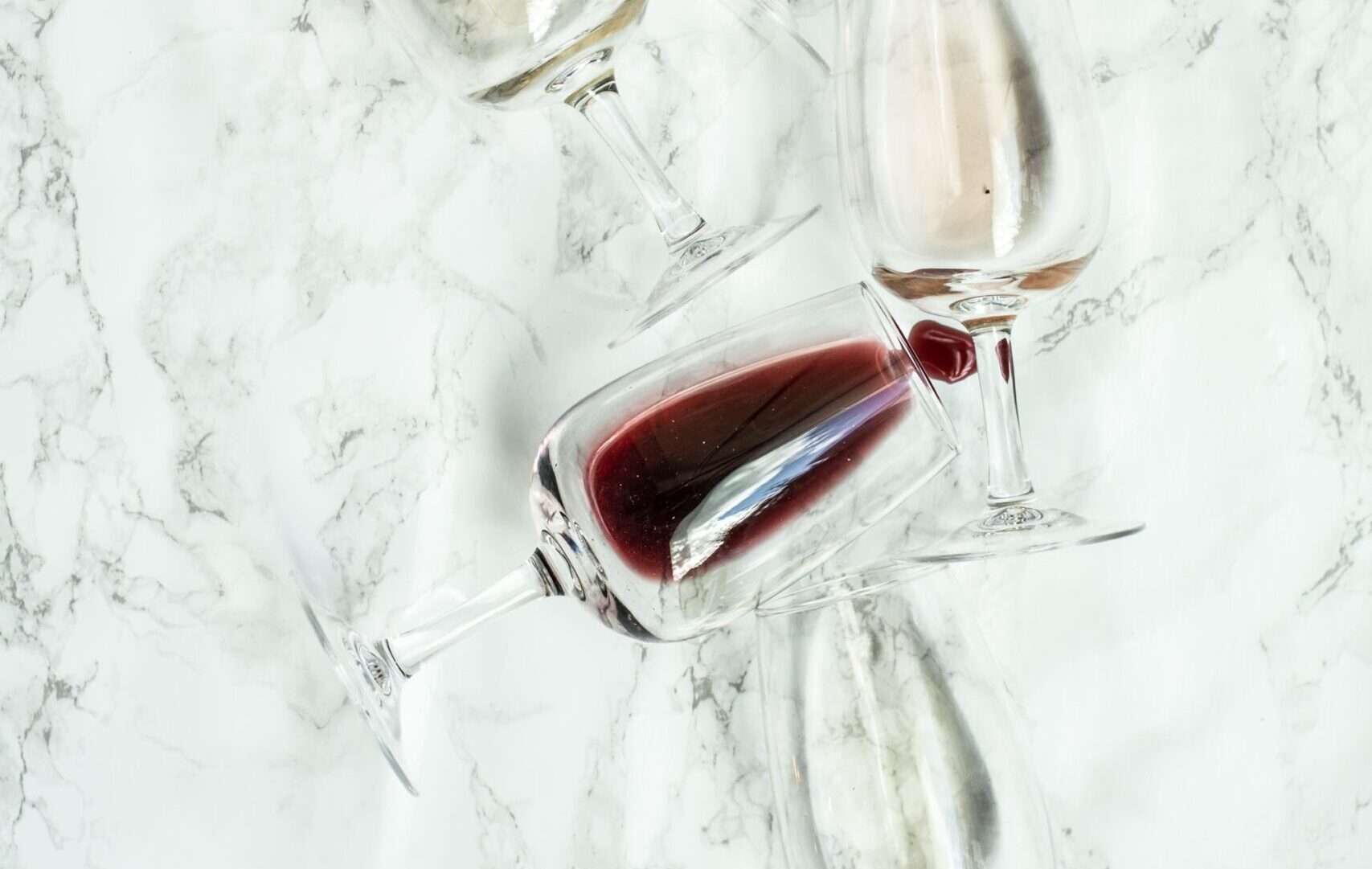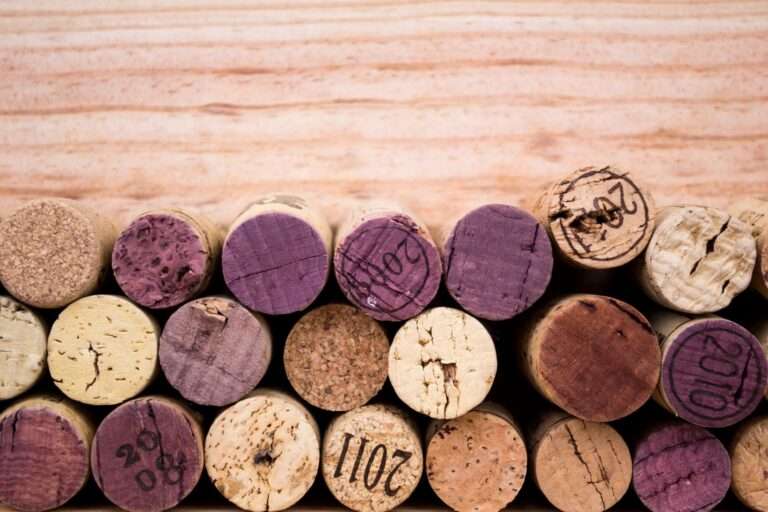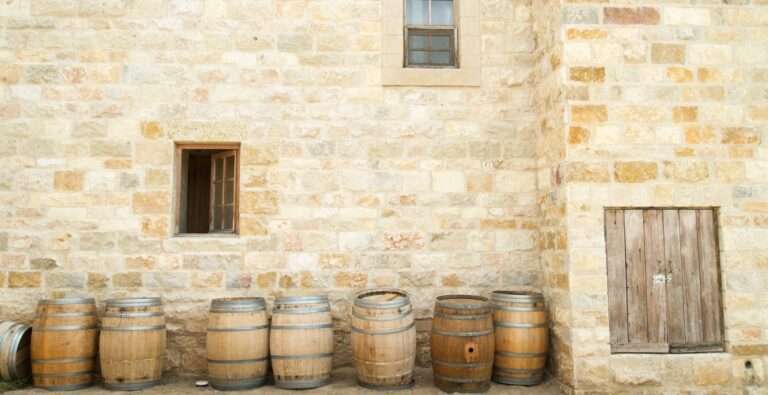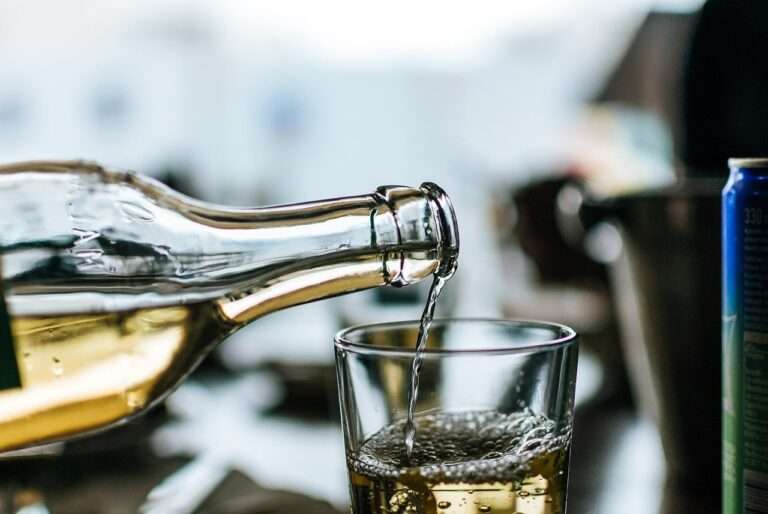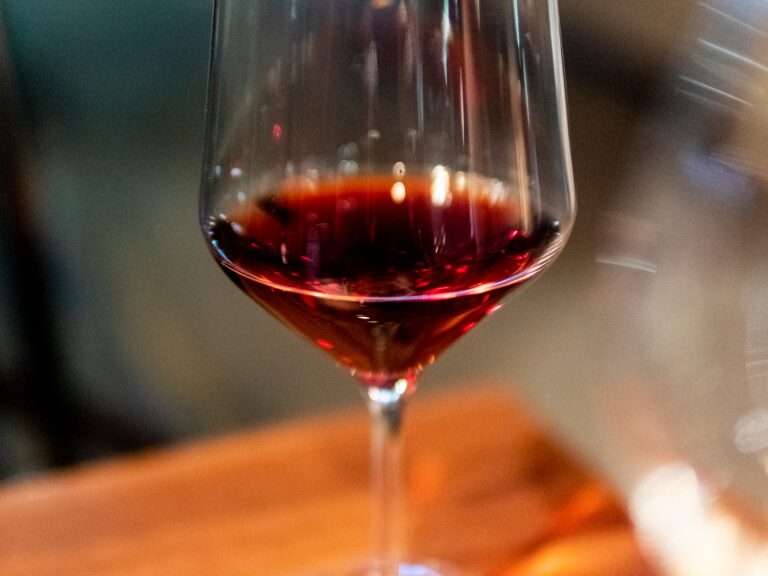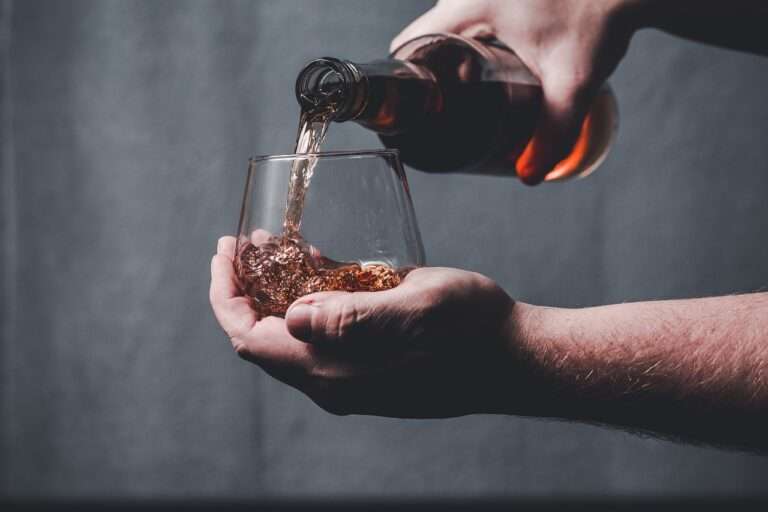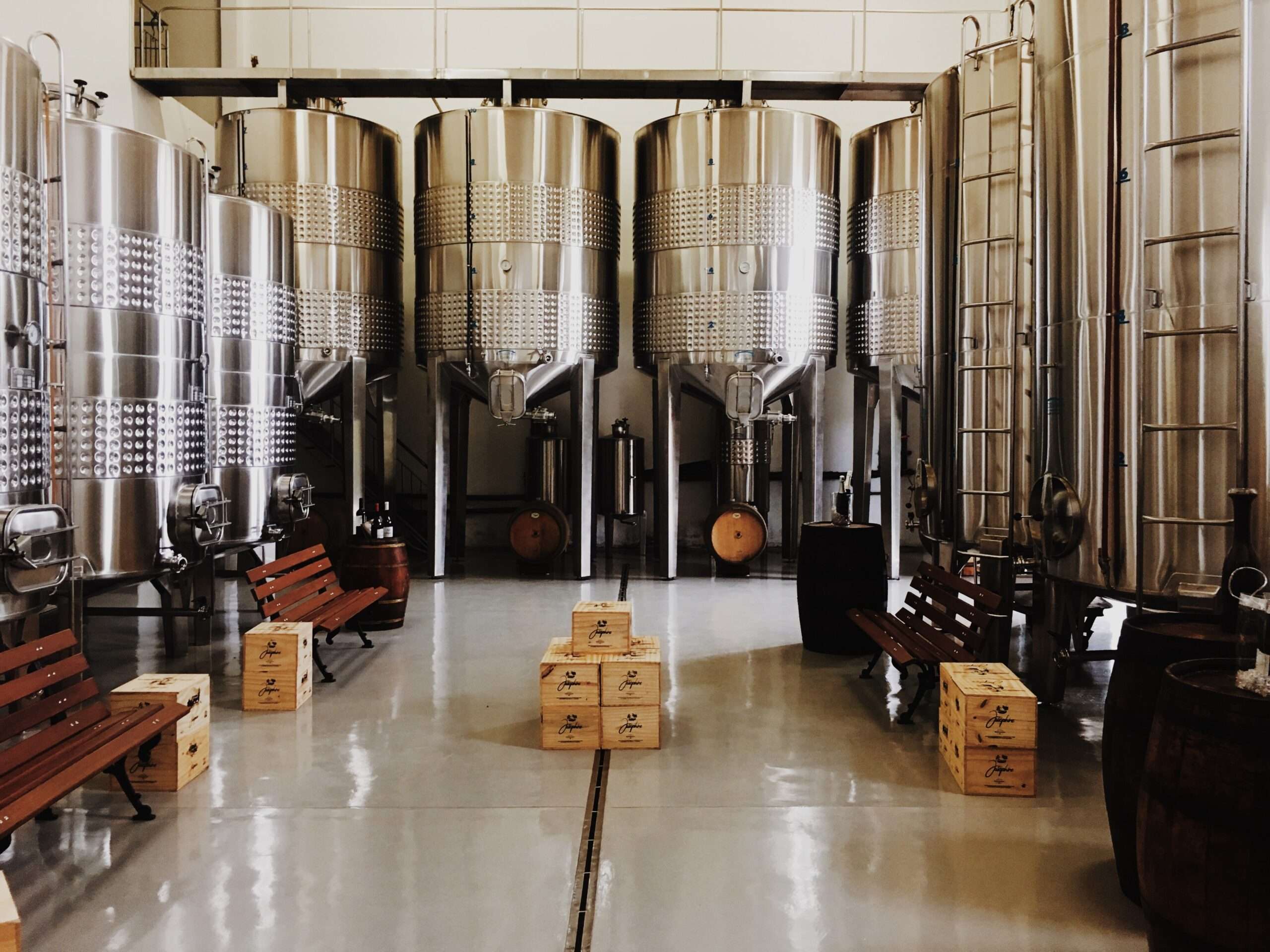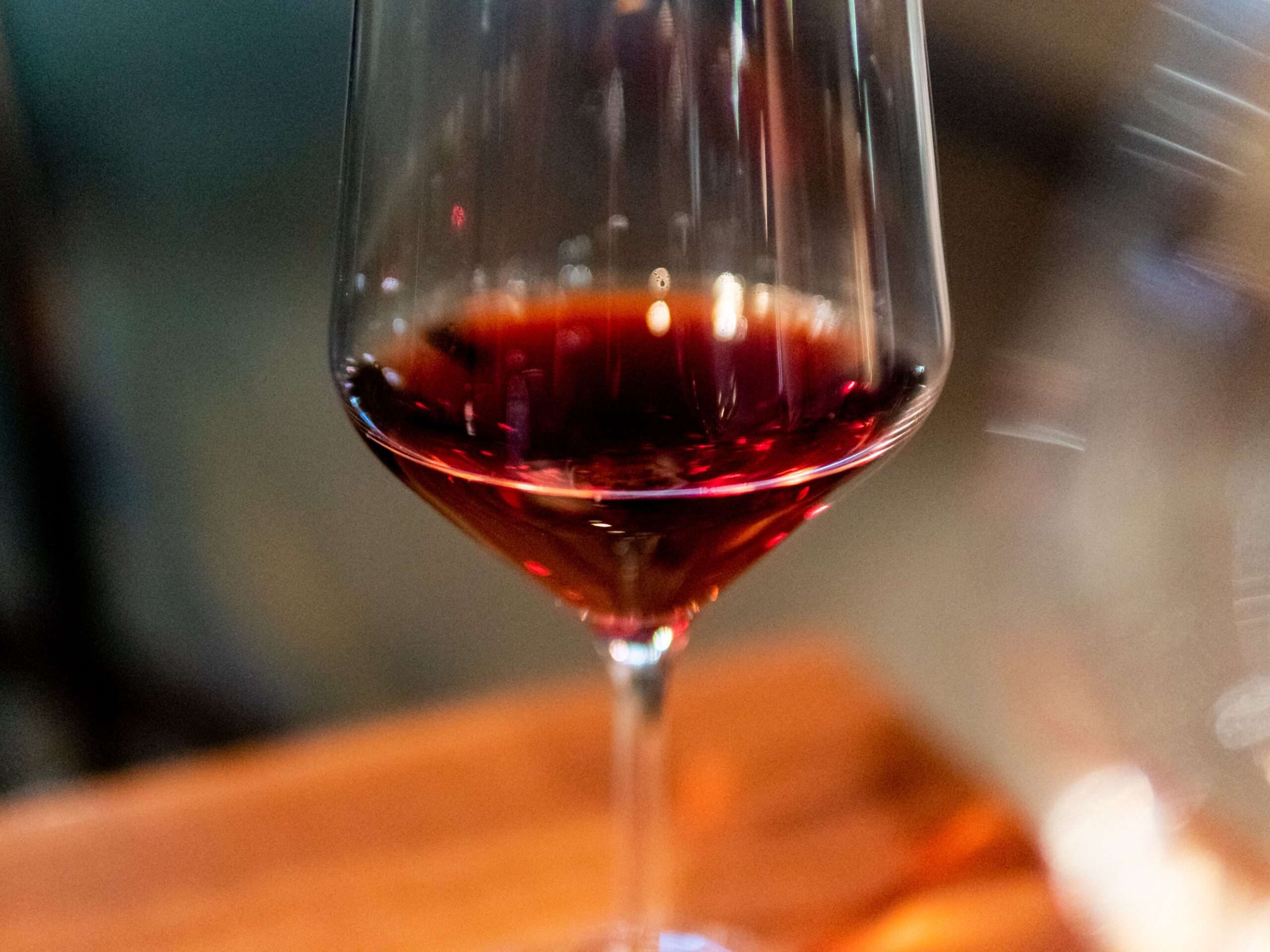Wine is a unique mixture of complex chemicals and compounds that contribute to making a delicate liquid with boundless flavors and exquisite aromas that evolve with age. And yet who would ever dream that this “flawless,” vintage drink wine would tend to go bad? Unfortunately, the sad news is that numerous wine flaws affect the taste and quality of the wine.
Wine can smell and taste bad from TCA infection (corked wine), over oxidation, reduction, secondary fermentation, microbial infections, and heat damage. However, volatile acidity, green aromas, and Brett bacteria can lend a flavor profile that many people do not enjoy.
For the sake of your palate and future wine investments, we’re going to help you determine how to identify if a wine has gone rancid, what causes wine to spoil, and whether the obscure taste is perfectly normal and simply does not match your palate.
Why Does my Wine Taste Bad?
Wine can taste bad from a list of common flaws, including:
- Corked Wine
- Oxidized Wine
- Reductive Wine
- Secondary Fermenting Wine
- Microbial Infected Wine
- Heat Damaged Wine
- Volatile Acidity
- Brett
- Green Aromas
However, if you generally dislike the taste of wine, chances are pretty high that you’ve been drinking the wrong kind. Full-bodied wines that contain higher alcohol levels, tannins, or acids may taste bad to new wine drinkers. In addition, you might have a genetic predisposition to dislike the bitterness of alcohol in general.
9 Common Wine Faults
The most common faults that can make wine taste bad include:
| FAULT | SMELL | TASTE |
| Corked Wine | Soggy cardboard Wet dog Grandma’s basement | Flat Lifeless Suppressed fruit flavors |
| Oxidized Wine | Nutty or jam-like odor for (white wines) Sharp vinegar and unpleasant caramelized odor (red wines) | Vinegary taste Apple Flat flavor |
| Reductive Wine | Rotten eggs Boiled cabbage Volcanic gasses | Nutty Old apples |
| Secondary Fermenting Wine | Bubbles Yeast | Yeasty Zippy Softer Less tart |
| Microbial Infected Wine | Mouse smell Hamster cage | Musty Taint Buttery Slimy texture |
| Heat Damaged Wine | Stewed fruit and prunes Cola | Brown sugar Soy sauce Vinegary |
| Volatile Acidity | Varnish Vinegar | Nail polish |
| Green Aromas | Grass Sharp herbs Violets | Green bell pepper Cilantro |
| Brett | Barnyard Horses Bales of hay | Band-aid Metallic Sweat |
Let’s briefly explore each flaw.
Corked Wine
If you were wondering, corked wine does not refer to tiny cork particles floating around in your glass. Instead, corked wine is a term that refers to a wine contaminated with cork taint.
Tainted wine isn’t always easily identified, making it tricky to differentiate between bad-tasting wine and wine that has gone rancid.
What it is: Corked wine is an infamous wine fault that affects every 3% of bottled wines. 2,4,6-Trichloroanisole (TCA) is the chemical compound responsible for tainted wine. TCA forms when a natural fungus reacts with certain chlorides in winery sterilization products, creating a chemical reaction or when the TCL fungus interacts and contaminates the natural cork.
What it smells, tastes, or looks like: Corked wine can cause the wine to lack its fruity aromas and flavors; instead, it tastes musty and smells like a damp basement, wet dog, and smelly socks -quite unpleasant! However, some wines only contain the faintest hint of cork taint, which essentially makes the wine taste flat, lifeless and has suppressed fruit flavors.
How to save it: As offensive as corked wine may taste, it’s harmless from a health standpoint but guarantees to dampen your mood! However, there’s a hopeful remedy for tainted wine, involving pouring your bottle of wine over a sheet of Saran Wrap (plastic wrap) in a pitcher. Swirl the wine around gently to expose all of it to the plastic; the polyethylene should absorb the TCA.
Unfortunately, TCA affects the wine’s molecular, so even if we get rid of the off-notes, the wine won’t taste the same.
Note that the wine bottle has to have a natural cork to develop cork taint.
Oxidized Wine
The second reason your wine may be tasting rancid is from oxygen contamination. Oxidation is exceptionally common in older, faulty wines.
What it is: When the bottle of wine has too much oxygen exposure from sitting open for an extended time or if there is an increased oxygen transmission rate through a weak or faulty cork, the wine can oxidize.
What it smells, tastes, or looks like: Oxidized wine is like a sliced apple cut and left open on the counter; it naturally turns brown. The same goes for wine; when a wine is exposed to excess oxygen, it can cause the chemical balance to disintegrate, flattening the wine.
Oxidized wine loses its brightness in color and flavor. It displays a darker appearance than usual. A red wine loses its purple undertone and takes on a brick hue, and the wine has an intense apple or vinegary taste. At the same time, white wine turns into a darker amber color with a brownish hue.
White wines are more susceptible to oxidation as the tannins in red wine serve as a buffer against oxidation.
How to save it: Sadly, you can’t reverse or save oxidized wine.
Reductive Wine
Reductive wine has the opposite effect as oxidized wine; instead of oxidizing, it reduces.
What it is: While certain grape varieties are predisposed towards oxidation, others head in the opposite direction, towards reduction. The latter wines are intentionally made without enough oxygen to ensure that the fruit’s aromas are intact. However, when over-reduced, the wine develops a rancid taste.
What it smells, tastes, or looks like: When over-reduced to extreme levels, the sulfites increase the likelihood of volatile sulfur compound formations or mercaptans that add unappealing scents like wine, rotten eggs, volcanic gasses, or boiled cabbage.
How to save it: Reductive wines are more common in screw cap wine bottles than in natural corks bottles. If you’re unfortunate and get a reductive bottle, try decanting the wine to blow off the fumes.
Try introducing an old copper penny (washed, of course) to help stabilize the wine.
Secondary Fermentation
What it is: Unfortunately, secondary fermentation is not – as you might hope – a second, improved fermentation. Instead, the secondary fermentation is an unintentional reawakening of live yeast cells after the still wine is bottled, resulting in refermentation and the presence of slight bubbles or fizz.
What it smells, tastes, or looks like: Secondary fermentation doesn’t have a distinct “off” smell but has a soft fizz and yeasty taste.
How to save it: Try saving your refermented wine by putting the cork back into the bottle and giving the wine a decent shake to attempt releasing some of the carbon.
Heat Damage (Maderized Wine)
What it is: Heat damage is a defect that occurs when a wine has been stored at too high temperatures or under UV light.
Heat damage or “cooked wine” can occur during transit or somewhere during the supply chain. However, the primary reason for maderized wine is from storing the wine in a warm area or near a window.
What it smells, tastes, or looks like: Signs of heat damage include a bulging cork, discoloration (whites turn into an amber color and reds take on a brick hue), stewed fruit or prune aroma, and a jammy, cola, or soy sauce taste. The bottle of wine can also leak in extreme cases of heat damage.
How to save it: Sadly, you can’t reverse maderized wine.
Microbial Infected Wine
Bacterial microbes are part of the natural ecosystem of wine and play a vital role in winemaking; they respectively reduce wine acidity and contribute to the aroma and flavor profile. Conversely, these microbes can cause unwelcoming wine spoilage, which reduces the wine’s quality and value.
What it is: When the naturally occurring bacterial microbes overgrow, they can cause the wine to taste rancid. While lactic acid bacteria contribute to positive sensory characteristics, species like Lactobacillus and Pediococcus tend to produce volatile aromas and tastes.
Microbial infected wine is more common in wines that aren’t treated with sulfur dioxide.
What it smells, tastes, or looks like: Bacterial wine spoilage can include a mouse smell and taint, bitter flavors with a buttery, slimy texture.
How to save it: Manage bacterial wine spoilage by adding sulfur dioxide.
Volatile Acidity
What it is: Volatile acidity (VA) is the result of higher-than-normal acetyl acid levels in wine that occurs during unstable fermentation, poor cellar hygiene, and poor storage conditions. While low VA levels are accepted and preferable for some winemakers, high VA levels are an actual flaw and overpower the other chemical compounds.
What it smells, tastes, or looks like: excessive VA levels cause the wine to smell like varnish (acetone) or vinegar.
How to save it: You can save wine with low VA levels by decanting the wine. However, in extreme cases, you won’t be able to save the wine.
Brett or Brettanomyces
Brett is a wild, hearty yeast that’s one of the most-debated winemaking flaws!
What it is: Brettanomyces result from a yeast strain, giving Bordeaux wine its distinct expression. Brett produces preferrable earthy, savory aromas and flavors at low levels, but excessive amounts can make a wine unpalatable, especially in lighter-bodied, aromatic red wines.
What it smells, tastes, or looks like: Excessive Brett yeast seeps through your nostrils as barnyard or horse aroma and tastes like band-aids and sweat -genuinely repulsive!
How to save it: An extended decant can ameliorate Brett’s strength; however, you can’t remove its presence in the wine.
Green Aromas (Pyrazines)
Green aromas are another datable flaw. While many consider a bottle of wine ruined when they detect these flavors, many avid wine drinkers have a conditioned palate towards the greenness.
What it is: Green aromas in wine derive from pyrazine, a chemical compound found in the grape skin and stems, responsible for the “green” flavors in wine. The levels of pyrazines depend on the grape variety, climate, and viticultural practices. However, prematurely harvesting grapes can increase the pyrazine levels, quickly creating an imbalance of unpleasant flavors.
What it smells, tastes, or looks like: Wines with excess pyrazines have sharp grassy or herbal notes and green pepper or cilantro flavors.
How to save it: Sadly, you can’t alter the pyrazine levels in your bottle of wine.
Why Don’t I Like The Taste Of Wine?
There are numerous reasons why you might not like the taste of wine, the most common being genetics, a dislike for the sharp alcohol taste, and starting with the wrong wine variety.
Genetic Factors Influence The Taste Of Wine
How each person perceives and tastes alcohol depends on their genetics, which most likely influences whether they enjoy the taste of alcohol or not. In addition, your body may lack the needed enzymes to metabolize the toxins in alcohol or wine.
We are hard-wired to prefer sweetness and dislike bitterness, which may influence our food or beverage choices. However, this prewired disposition differs in how individuals perceive sweet and bitter flavors (these sensations suppress each other); this variation is also attributed to genetic differences.
So, you may experience that wine, and other alcoholic beverages taste bad from the sharp, bitter taste of alcohol.
You’re Drinking The Wrong Wine Variety
Another reason wine may taste bad is that you’ve been drinking the wrong wine variety.
When discussing wine, we refer to the term “body” to describe the wine’s weight, fullness, and the overall feel (texture) in your mouth. Note that is no definitive cutoff exists between the wine categories. So, wine can fall into more than one category.
The alcohol content primarily determines a wine’s body. Higher alcohol percentages make a more dense, full-bodied wine. More so, tannins, sugars, acids, and winemaking techniques also contribute to a wine’s body.
If you’re new to the art of sipping wine, starting with a full-bodied wine can be too robust and intense for your palate. So, we recommend starting with a light-bodied wine and slowly working your way up to the heavier, vintage wines.
Here are some wine-drinking tips worth following:
- Avoid intense flavors: If you are learning to enjoy wine, we recommend staying far away from dry or acidic full-bodied wines, like aged reds, as they are primarily bitter, sharp, and likely to make your lips pucker. Instead, try focusing on lighter and sweeter wines. For example, consider trying light-bodied white wines, sparkling wines, or rosé.
- Pay attention to the flavor you enjoy: wine embodies a broad spectrum of unique flavors and aromas, from fruits and nuts to spices and herbs and flowers and chocolate. Identifying and knowing the flavors you enjoy can help you pick an enjoyable wine next time round.
- Pair the right wine with your food: Different wine varieties are best paired with specific foods. A basic rule is that white wine pairs well with white meat like chicken, pork, and fish, whereas red wines pair best with red meat like beef or lamb.
- Pop your wine in the fridge: Chilling your wine can help to enhance its flavor, making it more palatable. In addition, white and sparkling wine varieties are most enjoyable when served ice cold. However, note that red wine is best served at room temperature.
- Dilute the wine: While dedicated wine drinkers might judge you slightly, don’t be too afraid to dilute a strong-tasting wine with ice or club soda.
- Sweeten your wine with fruit: Adding fruit to wine will sweeten the taste by infusing it with a boost of fruity flavors. We recommend choosing fruits already present in the wine; common fruit varieties include strawberries, raspberries, lemons, oranges, and limes.
Conclusion
It can be tricky for a novice wine drinker to decipher whether a bottle is rancid from something that doesn’t suit your palate.
In the end, if the aroma and flavors aren’t to your liking, listen to your senses. It’s more important to enjoy your glass of wine than determine the cause behind the distaste.

